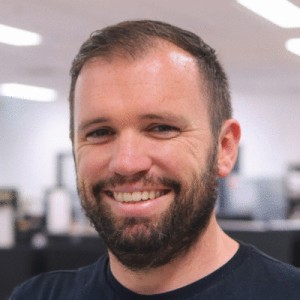- Video Library
- Andrew McDaid Presents OPUM Technologies at LSI USA '23
Andrew McDaid Presents OPUM Technologies at LSI USA '23

Andrew McDaid
Prof Andrew McDaid is a results-driven entrepreneur, medical device executive and an internationally renowned researcher with 10+ years’ experience leading medtech companies and large R&D teams in medical robotics, wearables and AI.
Passionate about building high-performing teams.
Raised >$20M in financing from global institutions for his own technologies and businesses from basic science (including US DoD), applied R&D, through to venture capital and private equity.
Equally enthusiastic about setting strategic vision as complex tactical execution, such as go-to-market plans for new tech-enabled product-service solutions into unproven emerging markets.
Experience spanning quality, engineering, product, clinical, regulatory, reimbursement, operations as well as direct US & global sales, marketing and commercialization through strategic partnerships with large multinationals.
Andrew McDaid
Prof Andrew McDaid is a results-driven entrepreneur, medical device executive and an internationally renowned researcher with 10+ years’ experience leading medtech companies and large R&D teams in medical robotics, wearables and AI.
Passionate about building high-performing teams.
Raised >$20M in financing from global institutions for his own technologies and businesses from basic science (including US DoD), applied R&D, through to venture capital and private equity.
Equally enthusiastic about setting strategic vision as complex tactical execution, such as go-to-market plans for new tech-enabled product-service solutions into unproven emerging markets.
Experience spanning quality, engineering, product, clinical, regulatory, reimbursement, operations as well as direct US & global sales, marketing and commercialization through strategic partnerships with large multinationals.

17011 Beach Blvd, Suite 500 Huntington Beach, CA 92647
714-847-3540© 2025 Life Science Intelligence, Inc., All Rights Reserved. | Privacy Policy







